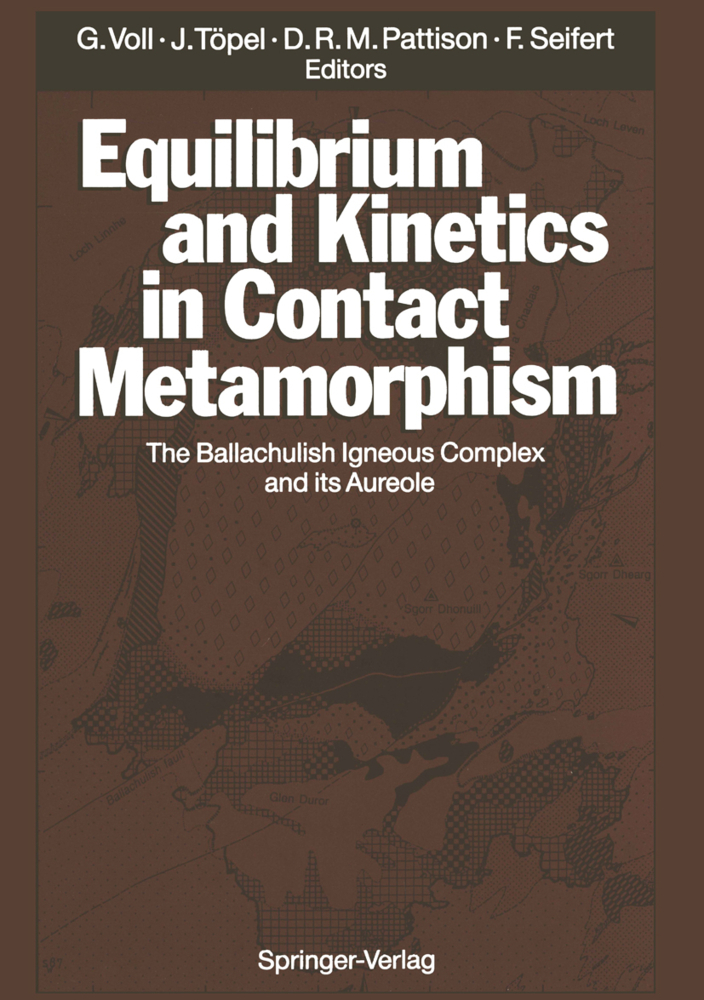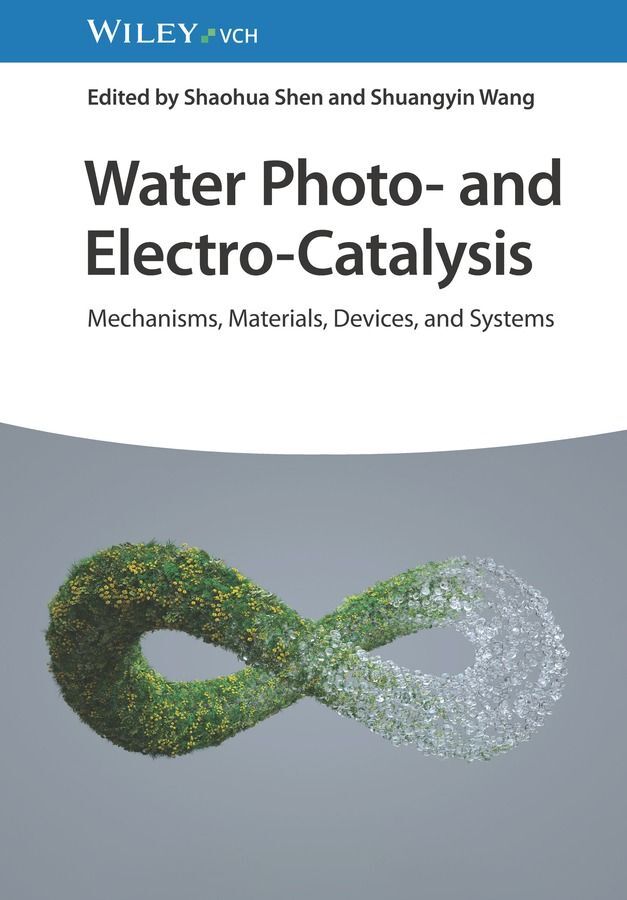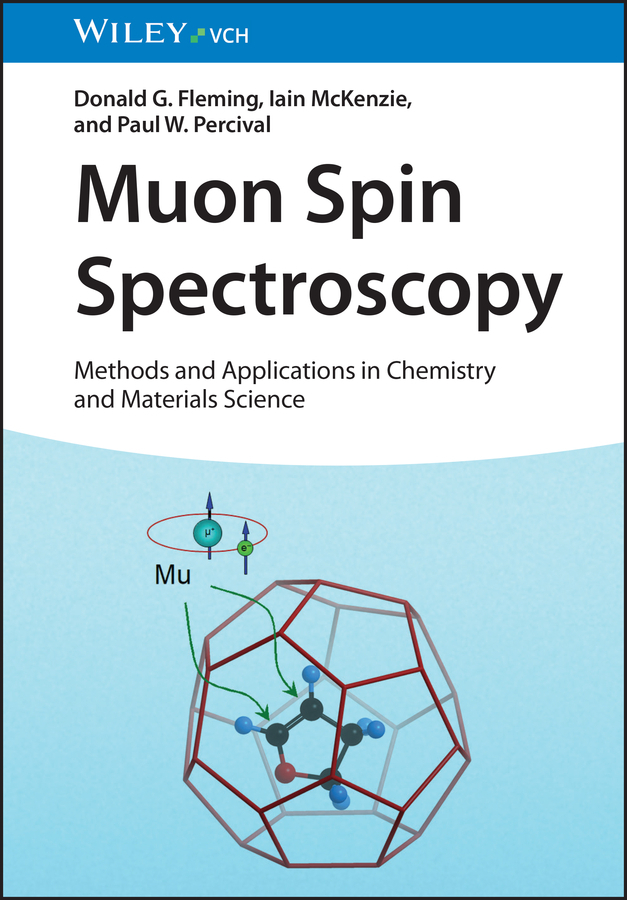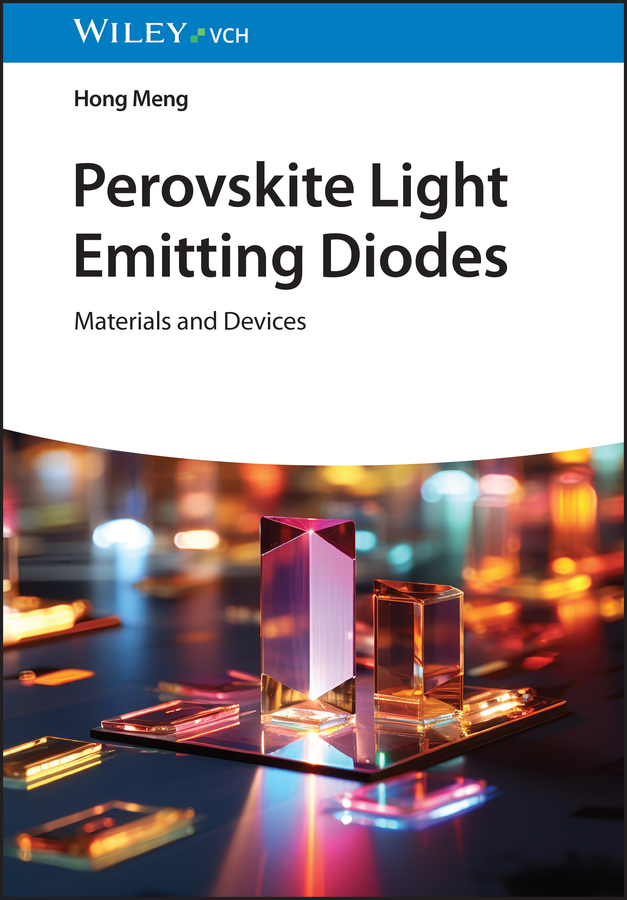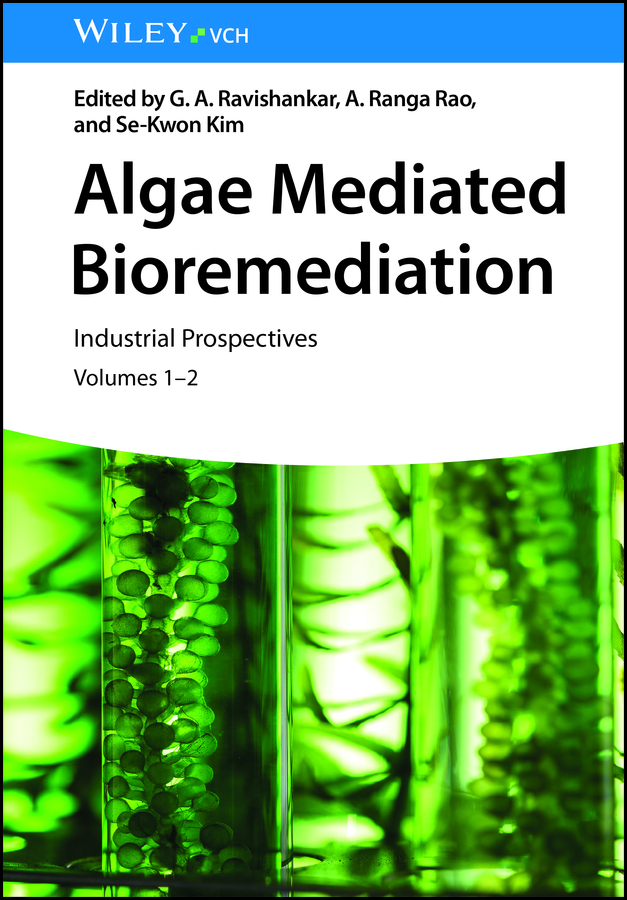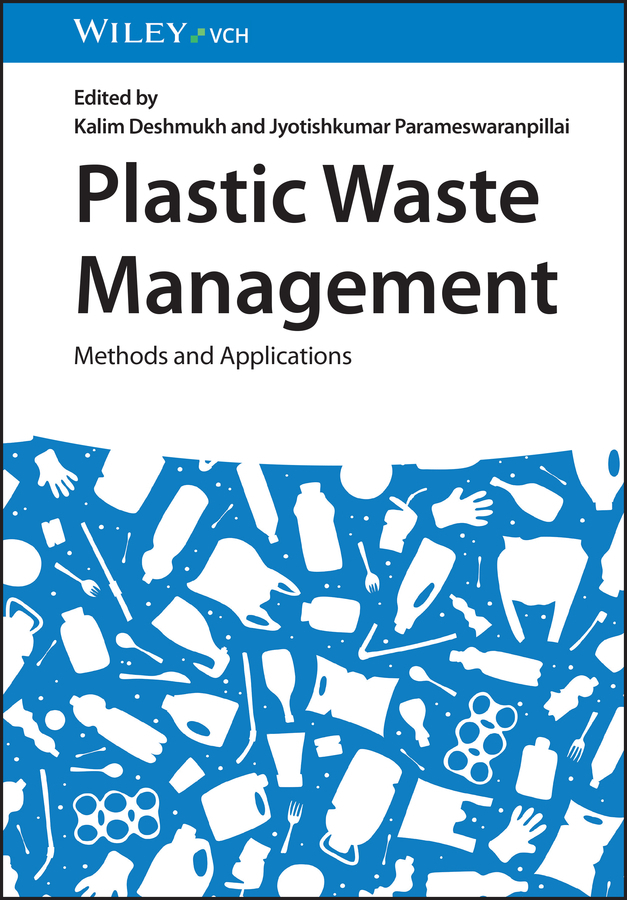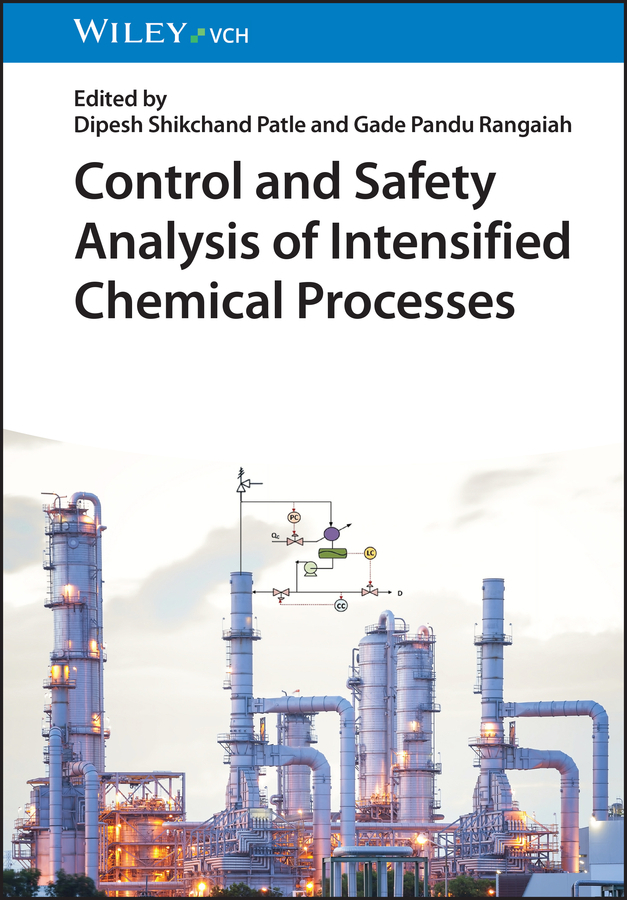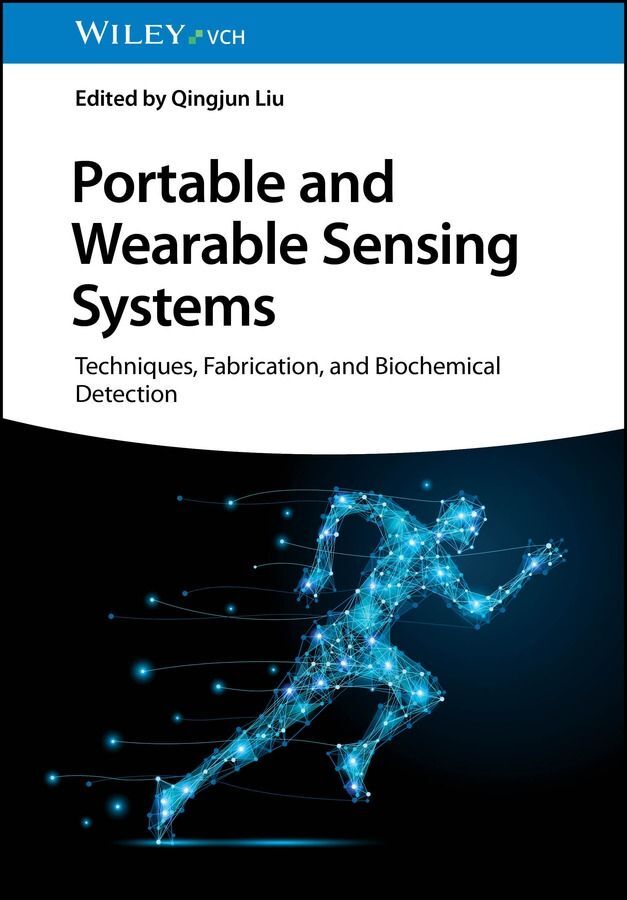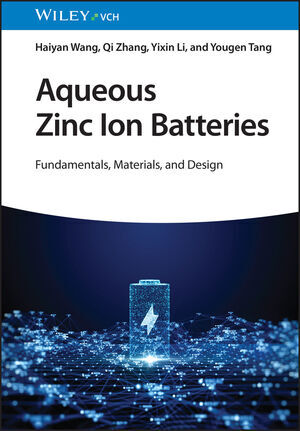Equilibrium and Kinetics in Contact Metamorphism
The Ballachulish Igneous Complex and Its Aureole
Equilibrium and Kinetics in Contact Metamorphism
The Ballachulish Igneous Complex and Its Aureole
With the new global tectonics approach in the Earth Sciences, the quan titative aspects of the dynamics of rock-forming processes came into focus: geologists are no longer satisfied knowing the pressure-tempera ture conditions of the formation of a metamorphic rock or of the emplace ment of a magmatic body, but instead would like to learn the time history of these rocks as well, i. e. , derive the temperature-pressure-time path and relate it to a tectonic process. To achieve this goal, a knowledge of both pressure-temperature-dependent equilibria and the time scales at which these equilibria may be attained are essential. However, the latter kinetic information is much more difficult to retrieve than that on equilibria: whereas equilibria are controlled by state variables, and proper laboratory experiments may be directly applied to equilibrium natural assemblages, kinetics also depends on factors other than state variables, such as grain size, dislocation density, and especially time (rate of heating, duration of annealing, rate of cooling). Extrapolation of kinetic data obtained at high temperatures on laboratory time scales to more realistic lower tempera tures and geological time scales are dangerous because, for example, of possible changes from an intrinsically controlled defect regime to an extrinsic one as temperature is lowered, or from an interface-controlled to a diffusion-controlled reaction mechanism.
2 Regional Geology of the Ballachulish Area
II The Intrusive Complex
3 Structure, Petrography and Emplacement of Plutonic Rocks
4 Thermal Conditions and Crystallization Sequence, as Deduced from Whole-Rock and Mineral Chemistry
5 Nucleation and Growth of Pyroxene in the Hypersthene Diorites
6 Microstructures and Thermal Behaviour of Igneous Pyroxenes
7 The Shape of the Intrusion Based on Geophysical Data
III The Contact Aureole and Its Rocks
8 Petrography and Mineral Chemistry of Pelites
9 Field Relations and Petrography of Partially Melted Pelitic and Semi-Pelitic Rocks
10 Decarbonation Reactions in Siliceous Dolomites and Impure Limestones
11 Microtextures and Reaction Mechanisms of Carbonate Rocks: A Comparison Between the Thermoaureoles of Ballachulish and Monzoni (N. Italy)
12 Quartz Grain Coarsening by Collective Crystallization in Contact Quartzites
13 Disordering, Re-Ordering and Unmixing in Alkali Feldspars from Contact-Metamorphosed Quartzites
14 A Search for Variations in the Structural States of Cordierite in Contact-Metamorphosed Pelites
15 Detrital Quartz and K-Feldspar in Quartzites as Indicators of Oxygen Isotope Exchange Kinetics
IV Interactions Between the Intrusion and the Contact Aureole
16 P-T-a(H2O) Conditions in the Thermal Aureole
17 Stable Isotope Geochemistry on the Intrusive Complex and Its Metamorphic Aureole
18 Thermal Models of Cooling
V Concluding Discussion
19 Evidence of Fluid Phase Behaviour and Controls in the Intrusive Complex and Its Aureole
20 Intracrystalline Processes
21 Summary and Outlook
References.
I Introduction
1 The Setting of the Ballachulish Intrusive Igneous Complex in the Scottish Highlands2 Regional Geology of the Ballachulish Area
II The Intrusive Complex
3 Structure, Petrography and Emplacement of Plutonic Rocks
4 Thermal Conditions and Crystallization Sequence, as Deduced from Whole-Rock and Mineral Chemistry
5 Nucleation and Growth of Pyroxene in the Hypersthene Diorites
6 Microstructures and Thermal Behaviour of Igneous Pyroxenes
7 The Shape of the Intrusion Based on Geophysical Data
III The Contact Aureole and Its Rocks
8 Petrography and Mineral Chemistry of Pelites
9 Field Relations and Petrography of Partially Melted Pelitic and Semi-Pelitic Rocks
10 Decarbonation Reactions in Siliceous Dolomites and Impure Limestones
11 Microtextures and Reaction Mechanisms of Carbonate Rocks: A Comparison Between the Thermoaureoles of Ballachulish and Monzoni (N. Italy)
12 Quartz Grain Coarsening by Collective Crystallization in Contact Quartzites
13 Disordering, Re-Ordering and Unmixing in Alkali Feldspars from Contact-Metamorphosed Quartzites
14 A Search for Variations in the Structural States of Cordierite in Contact-Metamorphosed Pelites
15 Detrital Quartz and K-Feldspar in Quartzites as Indicators of Oxygen Isotope Exchange Kinetics
IV Interactions Between the Intrusion and the Contact Aureole
16 P-T-a(H2O) Conditions in the Thermal Aureole
17 Stable Isotope Geochemistry on the Intrusive Complex and Its Metamorphic Aureole
18 Thermal Models of Cooling
V Concluding Discussion
19 Evidence of Fluid Phase Behaviour and Controls in the Intrusive Complex and Its Aureole
20 Intracrystalline Processes
21 Summary and Outlook
References.
Voll, Gerhard
Töpel, Jutta
Pattison, David R.M.
Seifert, Friedrich
| ISBN | 978-3-642-76147-8 |
|---|---|
| Medientyp | Buch |
| Copyrightjahr | 2014 |
| Verlag | Springer, Berlin |
| Umfang | XIII, 484 Seiten |
| Sprache | Englisch |

